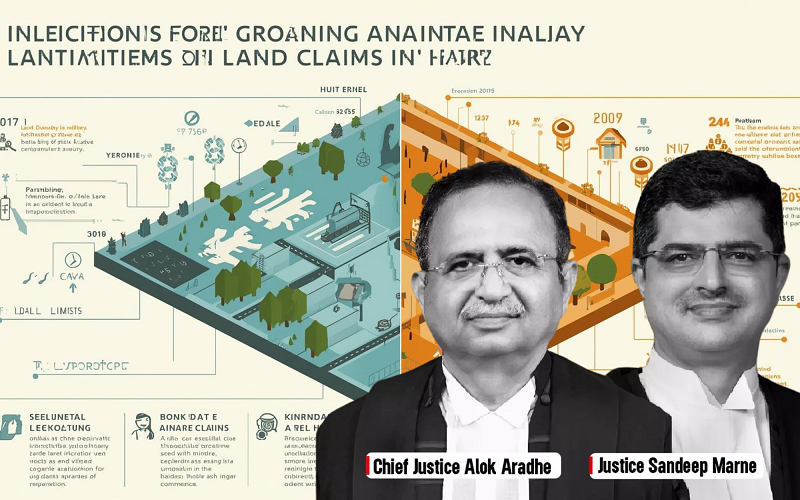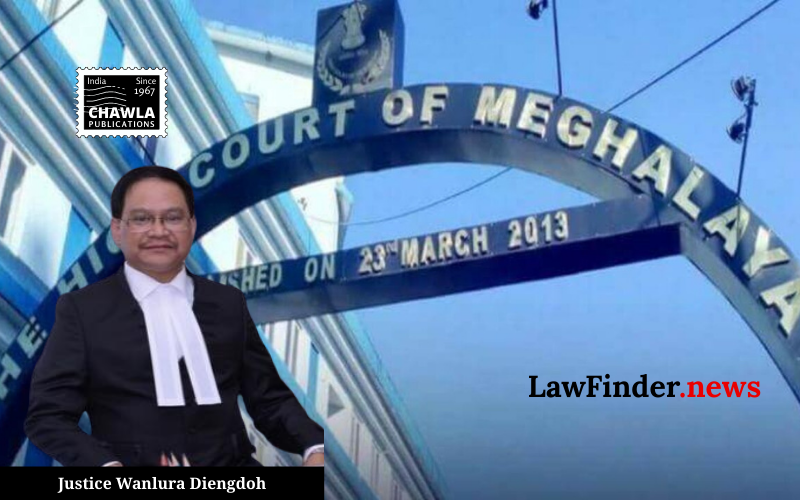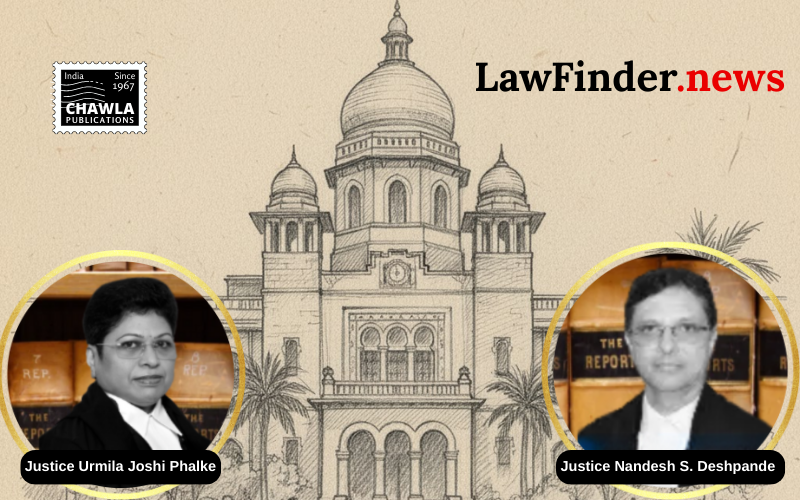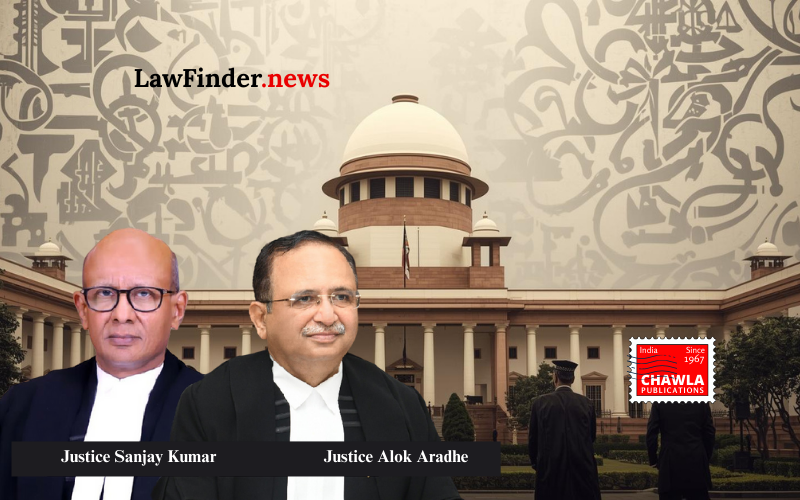The Limits of Gram Panchayat's Land Claims: A Legal Perspective on State Authority

Analyzing the Bombay High Court's Ruling on the Allotment of Government Land
In a pivotal judgment, the Bombay High Court addressed the authority of the State Government concerning the allotment of government-owned land, specifically under Section 40 of the Maharashtra Land Revenue Code, 1966. This case, involving the Group Gram Panchayat of Shirdhon against the State of Maharashtra, highlights the extent of state rights in land allocation and the limitations of local bodies in asserting preferential claims.
Background of the Case:
The Group Gram Panchayat of Shirdhon filed a Public Interest Litigation (PIL) challenging the State Government's decision to allocate land to the Kasegaon Education Society. The Gram Panchayat argued that the land, which was intended for the extension of the village's gaothan, was unjustly allotted to an educational institution, allegedly under preferential treatment. The Panchayat contended that the land was essential for the village's development and opposed the allocation to Respondent No. 5, the educational society.
Legal Arguments:
The Gram Panchayat's primary contention was that the land, which they claimed included gairan land, required their consent for any allotment. They emphasized the need for land for community purposes, such as cattle grazing and village extension, and argued against the allocation to an external educational body, especially at a value perceived as below market rates.
Conversely, the State Government maintained that the land in question was Akaripad land, under the exclusive ownership of the State, and thus did not necessitate Gram Panchayat's consent for its allocation. The government further justified the allocation by highlighting the educational society's potential contribution to the region's development.
Court's Findings:
- 1. State's Absolute Authority: The court upheld the State Government's authority under Section 40 of the Maharashtra Land Revenue Code, reaffirming its absolute right to dispose of government land on terms it deems appropriate. The judgment emphasized that the Gram Panchayat did not possess any preferential claim to the land, which was not categorized as gairan but as Akaripad, thus falling under the state's purview.
- 2. Lack of Public Interest: The court dismissed the PIL, noting the absence of genuine public interest. It observed that the dispute was primarily between the Gram Panchayat and the educational institution, with the Panchayat seeking the land for its villagers rather than for community-wide benefits.
- 3. Education vs. Local Needs: The court acknowledged the educational institution's role in promoting regional development, indicating that the establishment of educational facilities could serve broader community interests, including employment and infrastructural growth.
Implications of the Judgment:
This ruling underscores the legal boundaries within which Gram Panchayats operate concerning land claims. It clarifies that state ownership of land grants the government extensive rights to allocate property based on its discretion, without obligatory deference to local bodies unless explicitly mandated by law.
Moreover, the judgment serves as a precedent in distinguishing between genuine public interest and localized disputes masquerading as broader societal concerns. It reinforces the principle that public interest litigations must genuinely reflect community-wide interests rather than individual or collective local entity interests.
Conclusion:
The Bombay High Court's decision delineates the authority of state governments in land management while highlighting the necessity for Gram Panchayats to substantiate any preferential claims with clear legal backing. This case serves as a crucial reference for similar disputes, ensuring that the balance between state authority and local needs is maintained within the legal framework.
Group Gram Panchayat, Shirdhon v. State of Maharashtra, (Bombay)(DB) : Law Finder Doc Id # 2753075
Trending News

Conviction under the POCSO Act - Sentence suspended consider in a consensual love relationship

A civil dispute arising from a commercial transaction does not constitute a criminal offence of cheating

Manipur violence: SC asks why entire leaked clips not sent for forensic test
